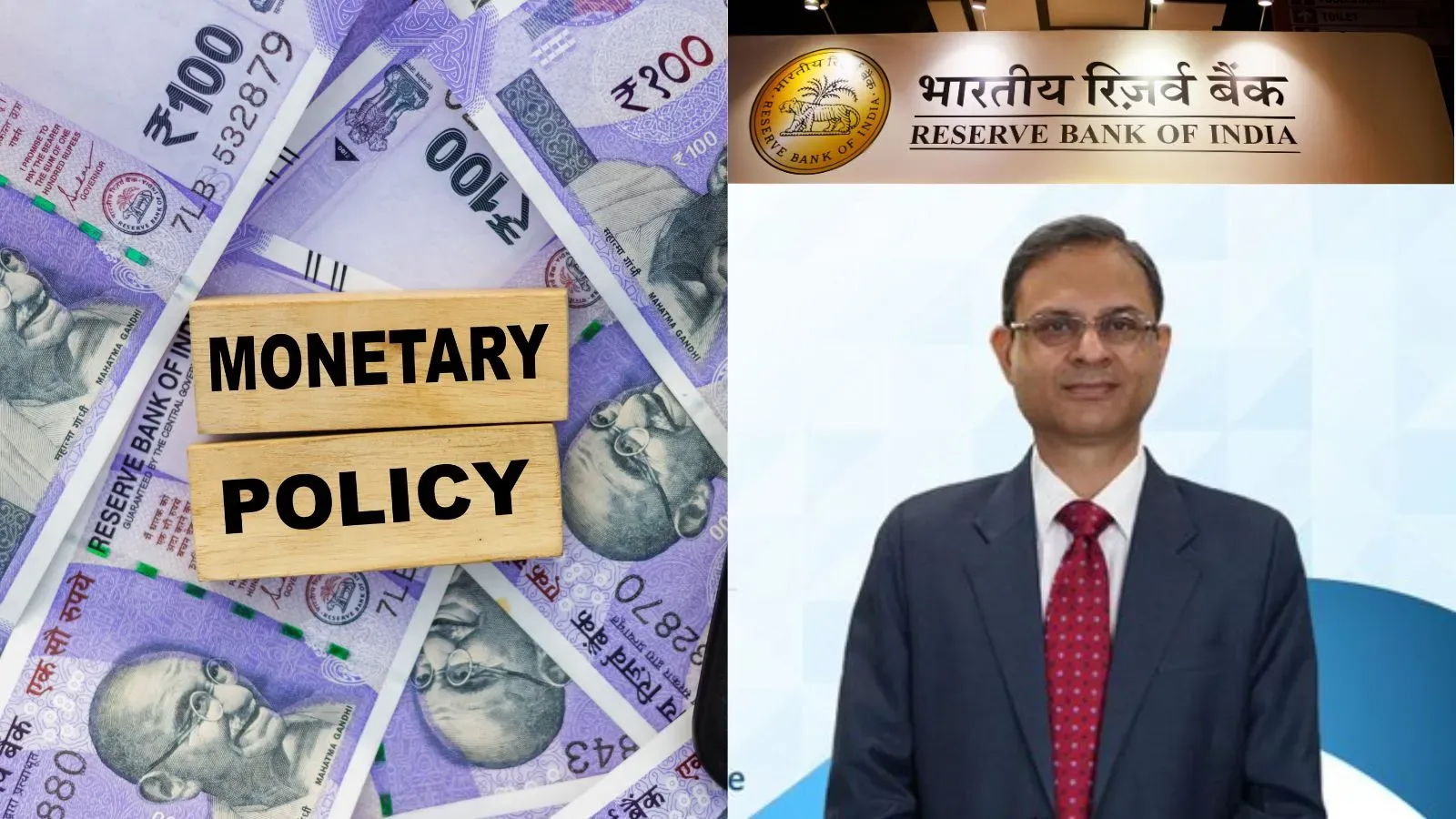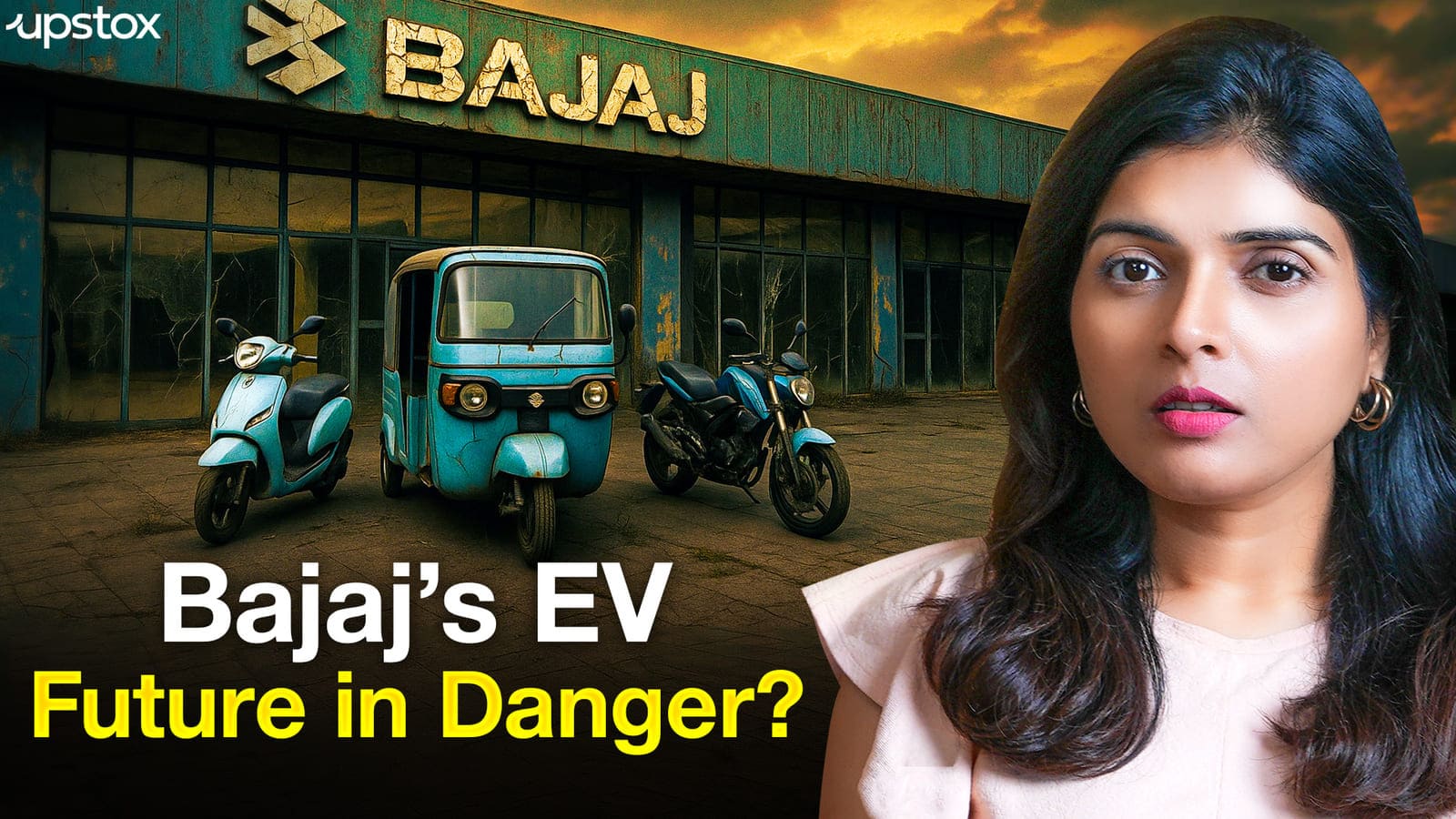Business News
'Korea to the world': All you need to know about Hyundai Motor Company, ahead of its Indian arm's IPO
.png)
6 min read | Updated on October 10, 2024, 16:46 IST
SUMMARY
Hyundai Motor India, established in 1996, plays a crucial role with its advanced manufacturing facility and a diverse product portfolio, reinforcing Hyundai’s commitment to quality and customer satisfaction. The article provides an outline of Hyundai Motor Company, setting the context for the anticipated IPO of Hyundai Motor India.

Hyundai Motor India reported a 12% year-on-year (YoY) increase in total sales at 63,175 units in August
The Hyundai Motors India is set to launch its public issue on October 15 and plans to raise ₹27,870 crore, much higher than anticipated earlier. The Hyundai Motor India IPO and its valuation post listing is much discussed topic in the India Inc. The Indian arm of the parent Hyundai Motors listed in Korea contributed 6% to the global sales and the valuation post listing will be nearly half of parent company's valuation. Let us understand the background, history, financials and key developments of its parent company – Hyundai Motors Company. Hyundai Motors’ comprehensive outline seeks to give a deep perception of what it entails, thereby setting up the context for the Indian subsidiary’s IPO.
History and Journey of Hyundai Motor Company
Founding and Early Years
Hyundai Motor Company began as part of the larger Hyundai Conglomerate founded by Chung Ju-Yung in 1947 with its establishment occurring in 1967. The Corporation quickly became one of the prominent players in the motor industry due to its emphasis on innovation, quality and affordability. It introduced Cortina as its first model through cooperation with Ford Motor Company in 1968.
Expansion and Global Reach
In 1975, Hyundai produced its initial own-manufactured car known as Pony which was Giorgio Giugiaro’s design, this marked South Korea’s first mass-produced car ever. This milestone was made possible which marked the beginning of Hyundai’s journey towards becoming an international automobile giant. Consequently, during the later part of the 1970s and early 1980s, it entered North American markets including the United States & Canada among several other European ones. By this time, hence from around 1990 onwards, it had already become a strong competitor at the global level.
Key Developments in the 21st Century
Hyundai heavily invested in Research & Development during 2000 leading to the production of technologically advanced high-quality vehicles. The concept cars launched by the company included the Sonata as well Elantra model which gained popularity globally too. In different surveys carried out mainly about reliability and customer satisfaction levels, Hyundai ranked very high attesting commitment towards quality.
Financials of Hyundai Motor Company
| Year | 2023 | 2022 | 2021 | 2020 |
|---|---|---|---|---|
| Revenue | 162,663,579 | 142,151,469 | 117,610,626 | 103,997,601 |
| Revenue Growth (YoY) | 14.43% | 20.87% | 13.09% | - |
| Net Income | 12,272,301 | 7,983,614 | 5,693,077 | 1,924,553 |
| Profit Margin | 7.54% | 5.62% | 4.84% | 1.85% |
| Total Current Assets | 58,604,033 | 58,351,905 | 53,312,760 | 51,090,305 |
| Debt / Equity Ratio | 1.24 | 1.25 | 1.32 | 1.21 |
| Net Cash Flow | -5,003,901 | -3,131,825 | -3,327,949 | -2,350,801 |
Profit and Revenue Development
The revenue and profit of Hyundai Motor Company have always been growing consistently throughout the years. This has been possible due to its wide portfolio of cars ranging from sedans, SUVs, electric vehicles (EVs), and commercial vehicles among others that have resulted in strong financial performance.
Expenditure in Research and Development
Hyundai has directed a huge amount of funds towards research and development (R&D) amounting to about USD 18 billion BEV investment by 2030. As a result, the company has managed to innovate in areas such as autonomous driving, electric vehicles as well as hydrogen fuel cell technologies. The focus on R&D is reflected in Hyundai’s wide range of advanced and eco-friendly vehicles.
Equity to Debt Level
By maintaining a stable debt-to-equity ratio, Hyundai secures its financial position and ensures flexibility. While continuously providing value for shareholders through payment of dividends or buying back shares, Hyundai has effectively maintained the right levels of debt. This way, fiscal prudence has made it an attractive investment opportunity.
Significant Milestones and Key Events
Introduction of Hyundai Pony (1975)
Pony was a game changer for Hyundai since it proved they could make their own cars. This success established the base for future growth and expansion by Hyundai.
Entry into the U.S market (1986)
The entry into US markets through introduction, for example, excel by Hyundai marked a turning point in their history. Its price affordability saw Excel become a bestseller within no time thereby solidifying the presence of Hyundai in one largest vehicle markets globally.
Launching Genesis Sedan (2008)
The release of the luxury sedan ‘Genesis’ depicted the capability of producing high-quality premium automobiles by the Hyundai brand. Consequently, the model was highly acclaimed winning several awards leading to improved positioning in terms of production lines image as well as in the sales market.
Venturing into Electric Vehicles (2016)
This company displayed its resolve to be partakers in sustainability campaigns linked with the future of automobile industry by launching the Hyundai Ioniq with different types of engines namely: hybrid, plug-in hybrid and full electric models.
Genesis Delineated As An Independent Luxury Brand (2015)
In 2015, Hyundai introduced an independent luxury brand known as Genesis that aims to compete with established luxury car manufacturers. The Genesis brand has since gained recognition for its design, performance, and advanced technology, contributing to Hyundai's premium market segment.
Role and Importance of Hyundai Motor India
Entry into Indian Market (1996)
Hyundai Motor India Limited (HMIL) was formed in 1996 as part of the company’s internationalization efforts into one of the fastest-growing auto markets globally. The Santro which was launched in 1998 was a hit among Indian consumers thus helping the company gain quick market entry.
Manufacturing Hub and Exporter
HMIL’s manufacturing facility in Chennai is one of the largest and most advanced plants in this area; annual production capacity stood at 824,000 units as of March 31. Most of these cars are exported to other countries though a large proportion is used within the domestic market making it a true example of the “Make in India '' campaign that has boosted local manufacturing while supporting the Indian automotive industry.
Product Portfolio along with Market Leadership
Hyundai Motor India offers various models including hatchbacks, sedans, SUVs and electric vehicles. Popular models such as Creta, Venue, and i20 have made Hyundai become a leading brand in India. This organization’s market strength has been maintained by stressing on quality product development innovation customer satisfaction etcetera.
The resilience, innovation and strategic vision of Hyundai Motor Company is demonstrated by its transition from a small Korean car company to a global player in the automobile industry. Its financial stability, quality commitment and forward-looking approach have placed it at the forefront of the sector.
Related News
By signing up you agree to Upstox’s Terms & Conditions
About The Author
Next Story


